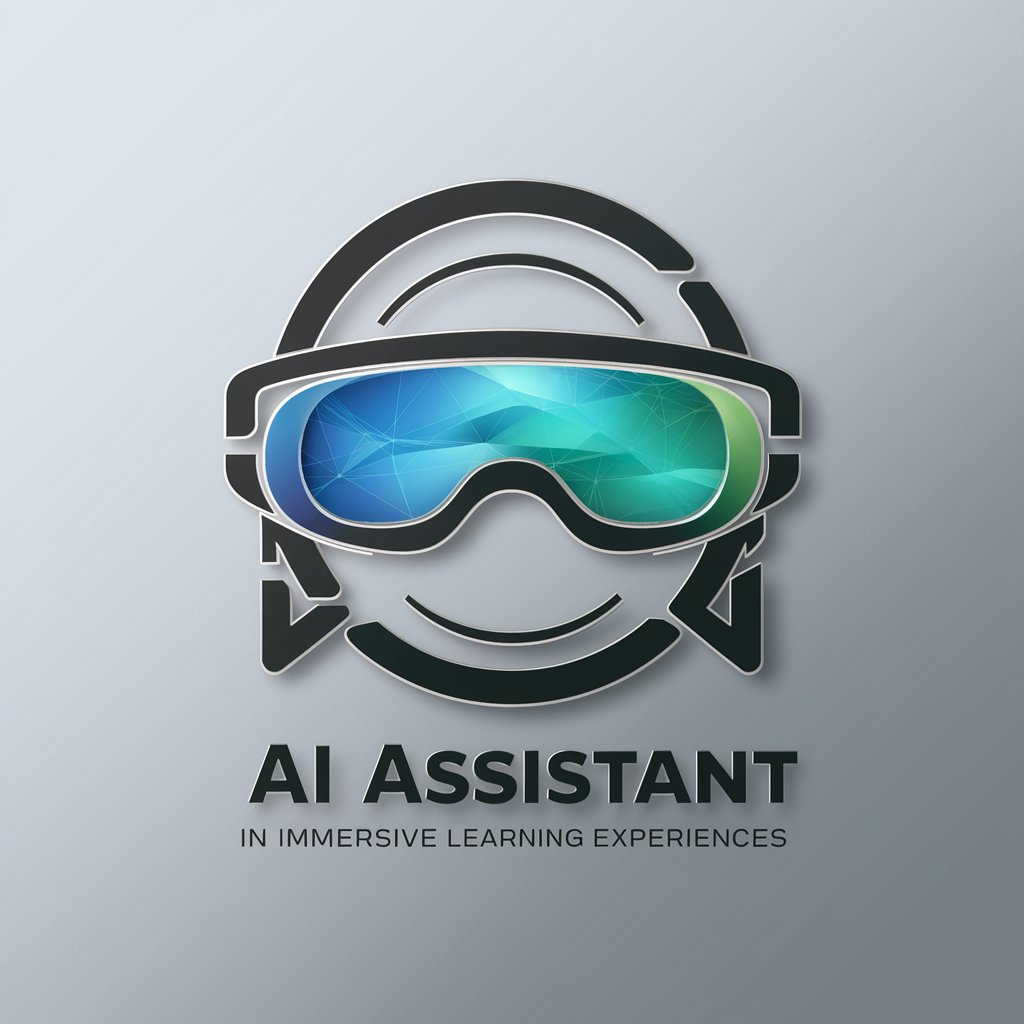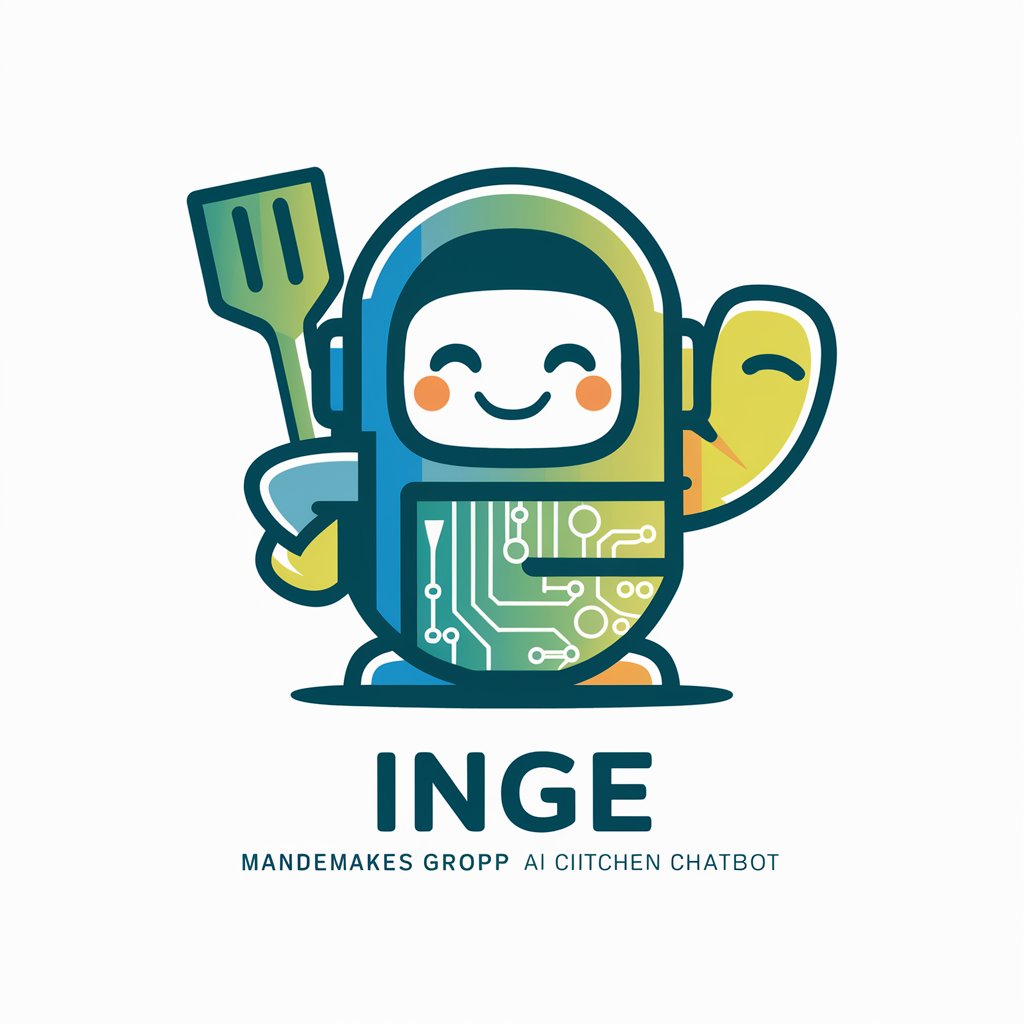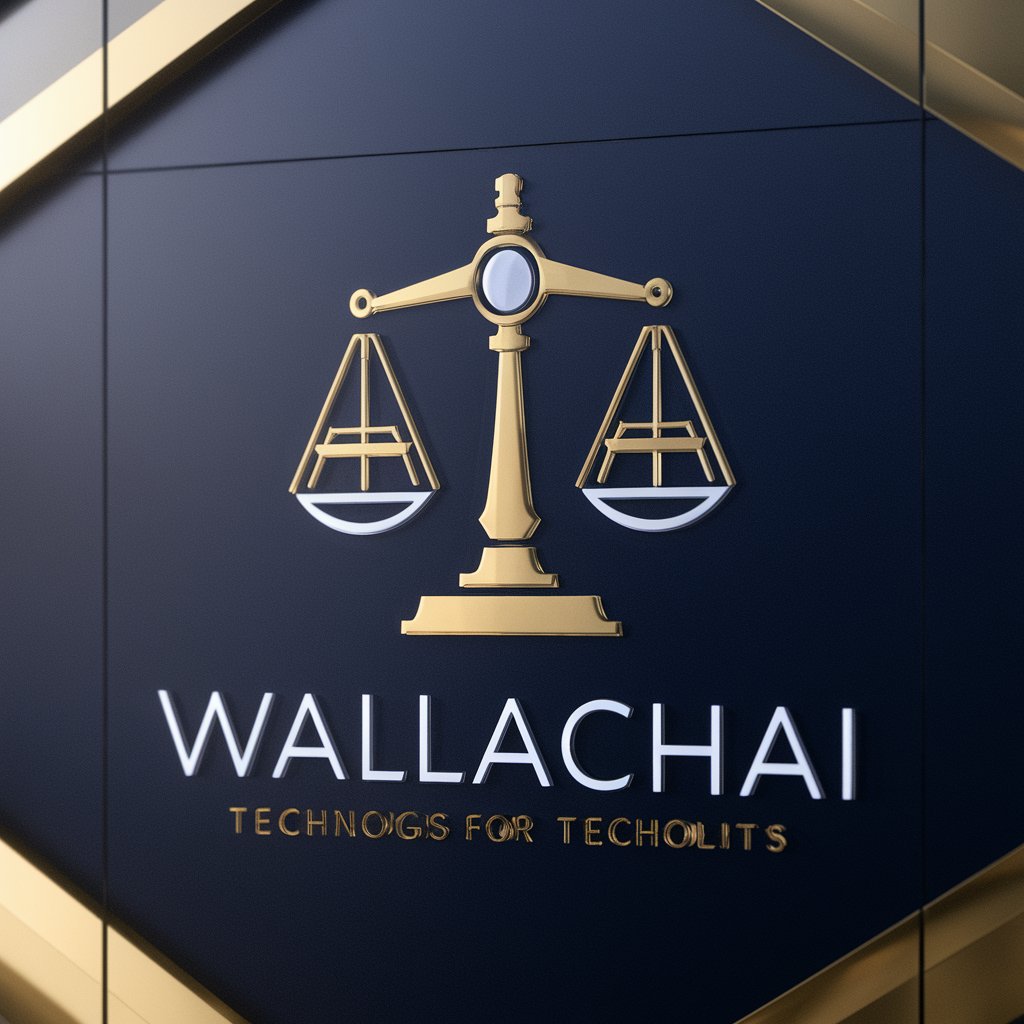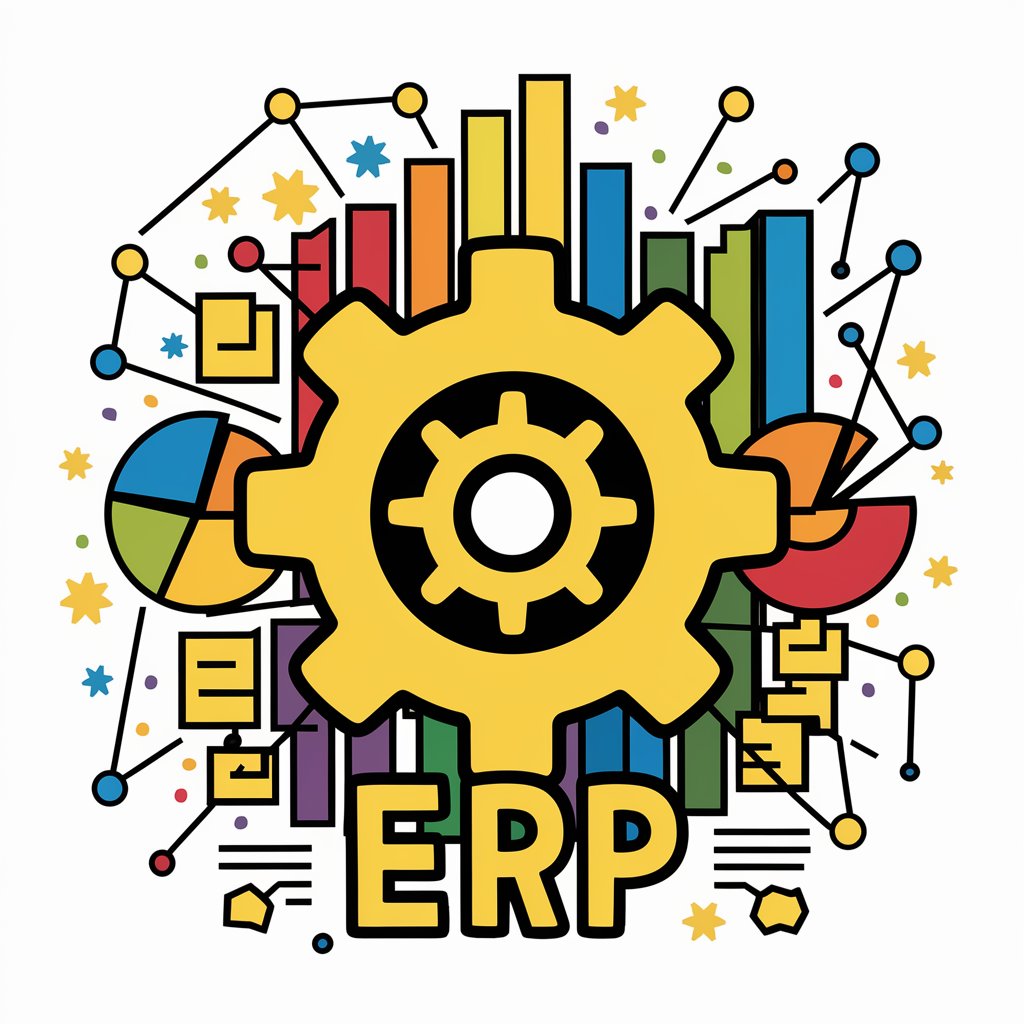XR for Education - Immersive Educational Experiences

Hello! Ready to explore immersive learning?
Empower Learning with AI-Powered XR
What immersive learning resources are available for...
How can I integrate 360 videos into...
Can you recommend VR experiences for teaching...
What are the best practices for using FrameVR in...
Get Embed Code
XR for Education: Enhancing Learning Through Immersive Experiences
XR for Education is designed to transform traditional learning environments by integrating Extended Reality (XR) technologies, including Virtual Reality (VR), Augmented Reality (AR), and Mixed Reality (MR), into educational settings. This approach aims to create immersive, interactive learning experiences that can make education more engaging, accessible, and effective. For example, students can embark on virtual field trips to historical sites, explore complex biological structures in 3D, or conduct physics experiments in a risk-free virtual lab, all from their classroom or home. Powered by ChatGPT-4o。

Core Functions of XR for Education
Immersive Learning Environments
Example
Virtual field trips to the pyramids of Egypt
Scenario
Students can explore the pyramids, enter tombs, and view hieroglyphics in a 360-degree virtual environment, making ancient history tangible and engaging.
Interactive 3D Models
Example
Exploring the human circulatory system in AR
Scenario
Learners can interact with a 3D model of the human heart, examining its parts and functions up close, enhancing their understanding of human biology.
Virtual Laboratories
Example
Conducting chemical experiments in VR
Scenario
Students can safely mix chemicals in a virtual lab, observing reactions and outcomes without the risks associated with physical experiments.
Collaborative Learning Spaces
Example
Group projects in a shared virtual environment
Scenario
Learners from different locations can collaborate on projects in a virtual space, sharing ideas and resources as if they were in the same room.
Who Benefits from XR for Education?
Students
Learners of all ages benefit from enhanced engagement and understanding through immersive experiences, making abstract concepts concrete and complex subjects more accessible.
Educators
Teachers and professors can utilize XR to create dynamic lesson plans, cater to different learning styles, and bring a new level of interactivity to their teaching methods.
Educational Institutions
Schools, colleges, and universities can adopt XR technologies to modernize their curriculum, attract more students, and provide cutting-edge educational resources.
Corporate Trainers
Training professionals in various industries can use XR for effective, hands-on training simulations that are both cost-effective and scalable across multiple locations.

Using XR for Education: A Step-by-Step Guide
1. Explore XR without Hassles
Start by visiting yeschat.ai to access a free trial instantly, with no login or subscription to ChatGPT Plus required.
2. Identify Your Educational Goals
Define what you aim to achieve with XR technology in your educational setting, whether it's enhancing engagement, facilitating immersive learning, or supporting remote education.
3. Select Relevant Content
Choose or create XR content that aligns with your curriculum. Utilize platforms like FrameVR for creating or finding immersive educational experiences relevant to your subjects.
4. Integrate into Curriculum
Strategically incorporate XR sessions into your lesson plans. Ensure each session has clear learning objectives and complements your teaching methodology.
5. Gather Feedback and Iterate
After implementing XR in your classes, collect feedback from students and educators to gauge its effectiveness and areas for improvement. Continuously refine your approach based on insights gathered.
Try other advanced and practical GPTs
Abogado Experto en Derecho Laboral
Empowering legal decisions with AI.

Marina
Empowering your queries with AI precision.

EDR - Content Writer
Power Your Content with AI

Chatbot Mandemakers Reviews
Elevate your customer service with AI

1. Der Business OnePager
Simplify Your Business Idea

WallachAI
Decoding Legal Complexities with AI-Powered Judge Wallach Insights

Scenarzysta na bombie
Crafting Your Narrative with AI

Wheelhouse Content Brief Kickstarter
Streamline SEO content creation with AI power

Lam Clinic Database
Empowering Patient Care with AI

Capricorn
Navigate life's journey with celestial wisdom.

ERP System
Streamlining Operations with AI-Driven Insights

"परिवार दा डाक्टर"
Your AI-powered healthcare companion

FAQs about XR for Education
What is XR for Education?
XR for Education refers to the use of Extended Reality technologies, including Virtual Reality (VR), Augmented Reality (AR), and Mixed Reality (MR), to create immersive and interactive learning experiences.
How can XR be utilized in the classroom?
XR can be used for virtual field trips, interactive simulations, skill training exercises, and to visualize complex academic concepts, making learning more engaging and accessible.
What are the benefits of using XR in education?
XR in education offers benefits like enhanced engagement, improved retention rates, accessibility to real-world scenarios in a safe environment, and personalized learning experiences.
Do I need advanced technical skills to implement XR in my teaching?
While basic familiarity with technology is helpful, many XR platforms for education are designed with user-friendly interfaces to allow educators to create or deploy XR content with minimal technical expertise.
Can XR be integrated into any subject area?
Absolutely. XR technology is versatile and can be adapted for a wide range of subjects, from science and history to art and languages, by providing experiential learning opportunities that are otherwise impossible.
